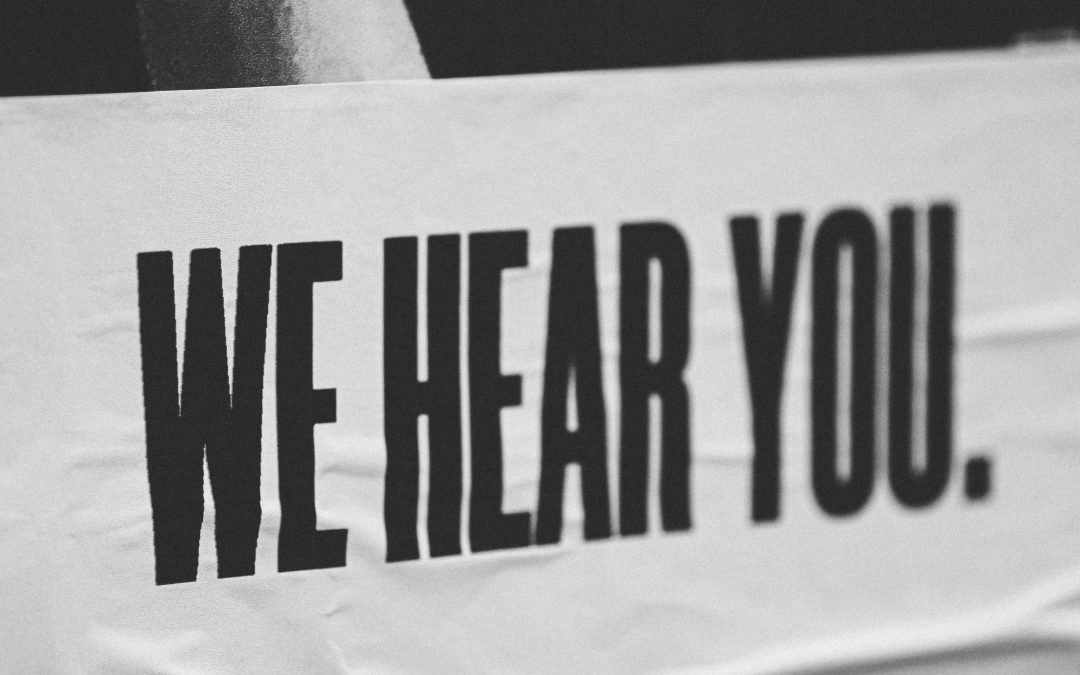In 2002, the Centers for Medicare and Medicaid Services, and the Agency for Healthcare Research Quality, began developing a national standardized approach to survey a patient’s perspective with hospital care. In 2008, that became the HCAHPS (Hospital Consumer Assessment of Healthcare Providers and Systems). This 19-item survey provides a method for hospitals to randomly survey discharged patients about their hospital experience. It became a regulatory method to establish transparency in comparison to relative topics while improving the rates of care. While this regulatory survey must be conducted by phone or mail, it did help establish a precedence for the use of surveys to help quantify patient experience.
As digital technology has advanced, there are now more economical ways to survey patients beyond the traditional phone and mail approaches. Many hospital executives now routinely survey patients outside of their HCAHPS requirements. This has led to amazing opportunities for hospitals to engage patients about their stay. Some benefits that hospitals are realizing from using these types of experience-based surveys include:
- Engaging patients and employees in real time
- Building trust before, during and after a patient encounter
- Acting swiftly for immediate service recovery
- Identifying experience gaps and needs
- Leveraging actionable analytics and dashboards
- Personalizing and improving the entire patient journey
The surveys that hospitals use often allow for personalization for specific purposes and the results can be used to boost social reviews, quickly share kudos with staff and collect provider specific feedback to improve episodes of care. Also, there is a tremendous opportunity for hospital foundations to benefit from these patient satisfaction surveys in their fundraising approach.
How survey data can impact foundations with insight-based screening
Instead of relying upon wealth indicators as the major focus against marketing and outreach, hospital foundations can now measure patient satisfaction to condense their patient discharges into one actionable group of prospects. Hospital foundations have struggled with defining how to assess patient satisfaction as part of their prospecting efforts. Patient satisfaction results can now amplify these fundraisers’ prospecting efforts, to not only find those with an affinity and capacity to give, but also who is satisfied with their experience.
As more hospitals have expanded their use with patient satisfaction surveys, new methods and tools are now available that allow the results to become more immediate and actionable. These are important factors since hospitals can now align these surveys to lines of service and use the results to quickly provide feedback to that department’s staff. Also, this added measurement can improve the performance of the foundation’s development staff as these prospects are more likely to respond because of a positive patient experience.
One example would be a hospital that conducts a survey for their imaging center. Since the survey is conducted almost immediately at the date of service, the hospital is now able to take any positive feedback provided immediately back to their staff. Also, the philanthropy team can use this satisfaction measurement in their prospect identification process. In the case of this imaging example, the hospital foundation can now conduct prospect outreach that speaks to the benefits of the imaging center. This now becomes a way to direct a personalized message to that patient based on satisfaction from a service directly related to that patient’s positive experience.
From a broader perspective as it relates to hospital foundations, we know from our own survey results of discharged patients that most are not aware of the existence of the foundation and their mission. This tells us that there is an opportunity for hospital foundations to reach more patients with their message and demonstrate the need to expand their mid-level giving outreach. A good way to do this is through outreach to satisfied patients without focusing on wealthy patients. The concept of condensing your patient population down to those with a positive patient experience can not only help with identifying major gift opportunities but also advances mid-level giving and makes this type of outreach more cost effective.
The technical deployment
The struggle most hospital foundations have is how to cost-effectively condense their large patient census files down to an actionable list. Surveys can help segment your census prior to screening for wealth and affinity. By considering patient satisfaction, consumer affinity and capacity, hospital foundations can create campaigns against their outreach and define what prospects should be promoted to constituents. Here is an idea of how those ranks might be defined:

Clearly, healthcare leadership and their foundation teams will understand the connection between patient satisfaction and their objectives. The challenge for healthcare foundation leaders will be how to put this into operation to drive a solid return on investment in terms of what can be done with the results.
Patient surveys are an economical way to move the bar with screening patient data by incorporating patient satisfaction as part of the prospect identification process. Instead of relying on wealth as the major focus against marketing and outreach, hospital foundations can now quantify affinity and satisfaction to condense their patient discharges into one actionable group. Imagine the power of combining patient satisfaction measures into your fundraising!
For more information about our turnkey patient satisfaction and prospect screening tool, please contact us.


Recent Comments